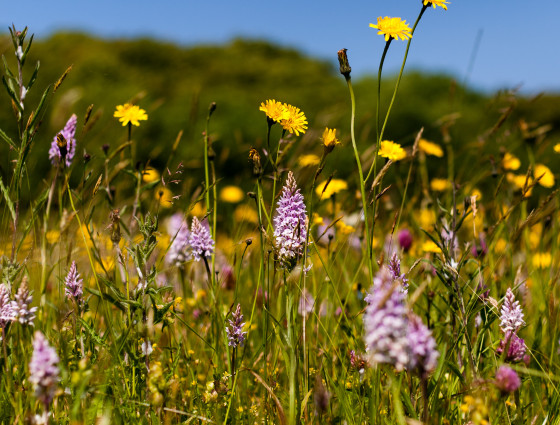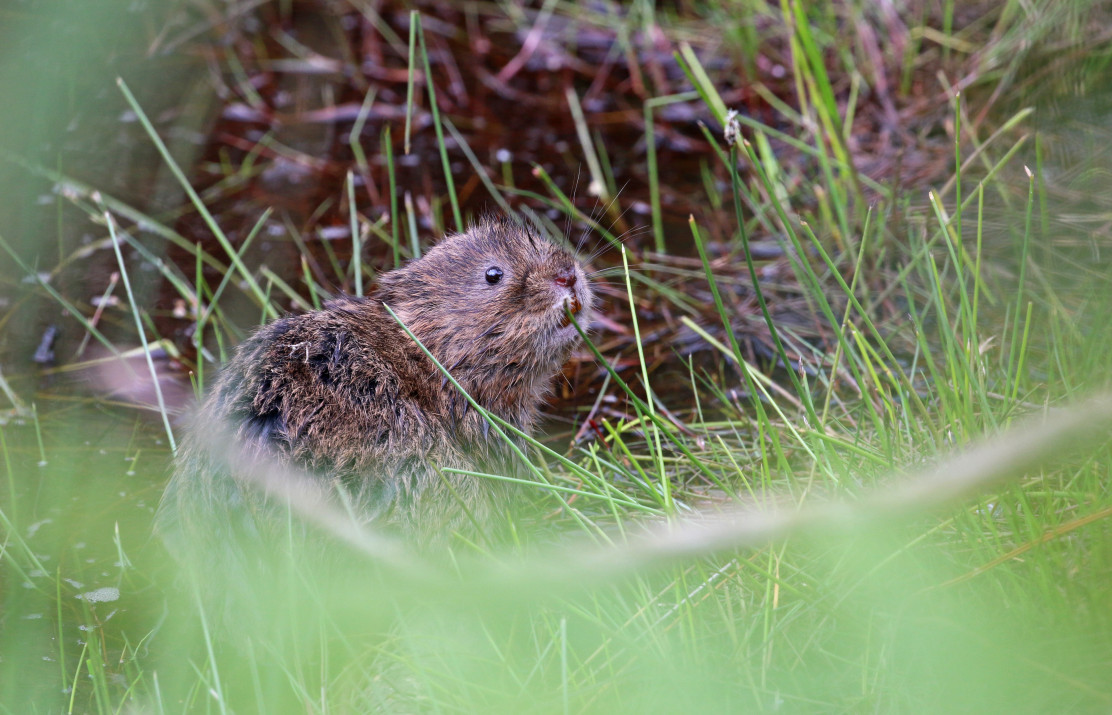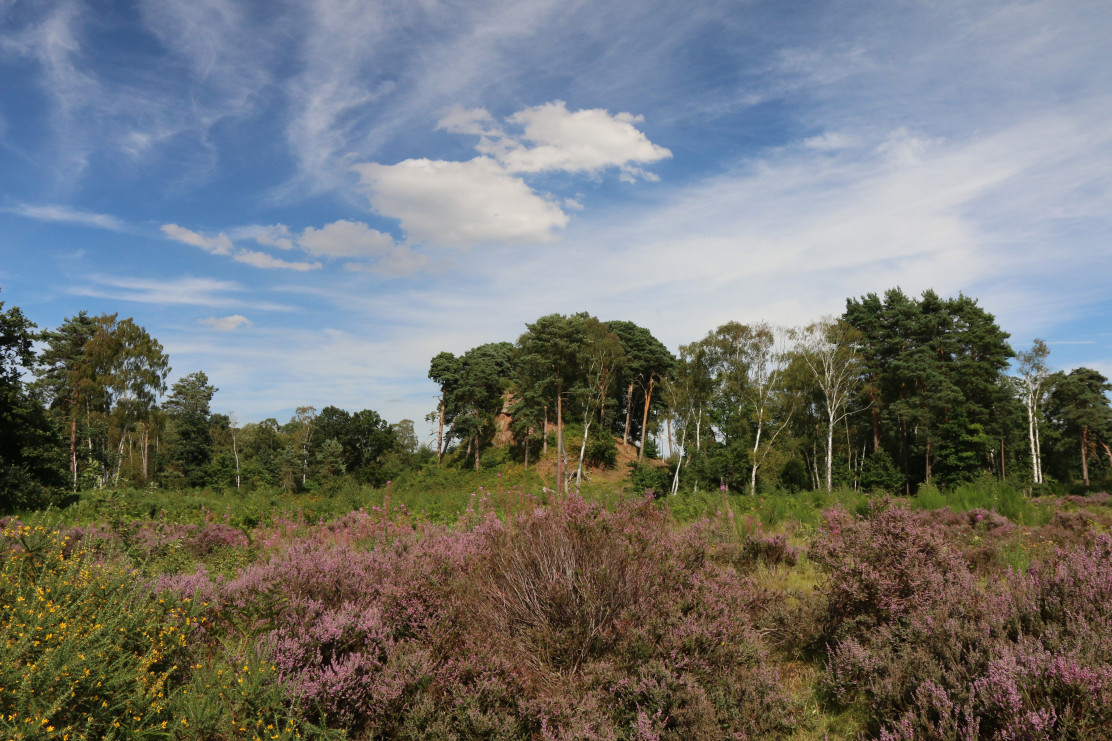
Worcestershire’s Natural Networks partnership manages land areas for wildlife
Published date Tuesday, 07/03/2023 - 12:00
The restoration and conservation of Worcestershire’s Natural Networks has been a five-year European Regional Development funded (ERDF) collaborative partnership between Worcestershire County Council and Worcestershire Wildlife Trust.
It was designed to work with businesses, councils, charities, and community groups to deliver wildlife conservation networks in and around the county of Worcestershire.
These natural networks and wildlife ecosystems will deliver a more resilient natural environment in Worcestershire, better able to adapt to the effects of climate change.
Helen Woodman, Head of Conservation, Worcestershire Wildlife Trust explains: “To transition to more nature and climate friendly practices there must be bigger, more and joined up land areas managed for wildlife, both for nature’s recovery and to protect land where nature is being repaired.
With a growing network of wildlife habitats, nature reserves, heathlands, and woodland we aim to see 30% of Worcestershire’s land restored for nature by 2030”.
The Natural Networks team have worked with and advised more than 300 people in Worcestershire-based businesses and communities to help them act for nature on land that they own.
Worcestershire is a very diverse county for wildlife with lots of different habitats and legally designated sites and species, from heathlands in the north to meadows in the south. England has lost more than 97% of its lowland wildflower-rich meadows and Worcestershire is home to about 20% of those that remain. Dormice inhabit the west of the county; rare noble chafer beetles live in orchards across the county and water voles still inhabit one or two brooks in the east of Worcestershire.
Worcestershire County Council is committed to the creation and the protection of wildlife habitats. The recent opening of a new roundabout in Worcestershire was specifically designed with environmental and ecological benefits in mind for pollinators, amphibians and reptiles. These include ‘wildlife friendly kerbs’ to help the newts, frogs and toads avoid highway gullies.
Warmer red lighting has also been placed close to the new wildlife habitats. These red lights will benefit insects and pollinators and help protect rare species of bats which were previously recorded here.
Worcestershire Parkway Railway Station is another example of how the county is designing infrastructure to support a sustainable environment. The station was recently presented with a coveted national Civil Engineering Environmental Quality Assessment Award (CEEQUAL). It was rated as ‘very good’ for being committed to sustainable working and delivering lasting impacts to the local area.
Watch 'Celebrate World Wildlife Day with 30 seconds of Worcestershire nature' here
More information


Image credits
- Worcestershire heathland: Credit Wendy Carter
- Water vole: Credit Wendy Carter
- Worcestershire wildflower meadow: Credit Paul Lane